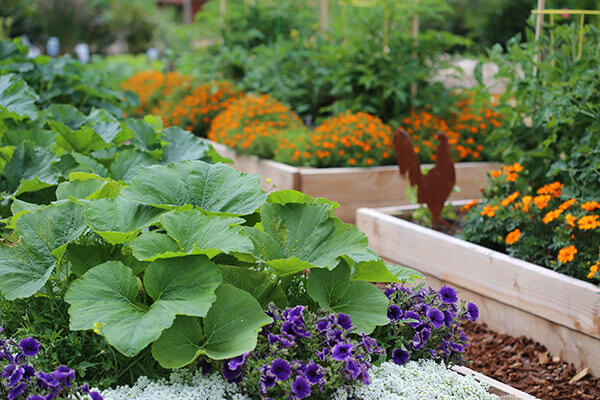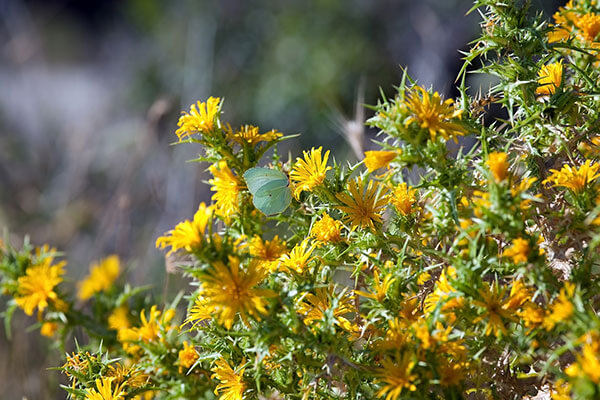May/June 2019 California Bountiful magazine
May 11, 2019 - As a California Bountiful reader, you have the opportunity to get your seasonal gardening questions answered by gardening expert Pat Rubin. Here are a few questions from our readers.


My husband always rototills the garden before we plant. I've read that rototilling might not be good for the soil. Is it?
We used to rototill the garden before planting, and each year the paths and the plants would be in different places, depending on how we felt and what we wanted to plant. Then I decided to switch to raised beds because I could more closely control the soil mix, and, more importantly, we weren't walking on parts of the garden where we would be planting another time. Walking compacts the soil, so why not keep the paths in a permanent place and avoid compacting the soil where you plant? I also learned that rototilling breaks up the soil to a certain depth, but below that you can have an undisturbed shelf that can get quite hard. Also, as you rototill, you bring up any hidden weed seeds to the light. Yikes! I certainly didn't want to awaken any weed seeds.
Rototilling also offered another surprise. When the garden was one big 20-by-60-foot space, it was a little overwhelming every spring to weed and rototill and plant. But with the raised beds, I could focus on weeding or working on a couple of beds each day, and it was both mentally and physically easier. We used 2-by-12-inch redwood to build the beds, so I could sit on the side of the bed and reach in to weed, add compost or plant. It brought order to the garden, which is always a good thing! I haven't rototilled my vegetable garden in years.


My problem is starthistle. Need I say more?
I agree, enough said. Dealing with starthistle is a management problem I learned the hard way. We had lots of open space that needed to be kept mowed for fire management, but it wasn't irrigated. One year, I decided it would look like a park—a dry park, but neat and tidy. So I mowed early and often, and came up with a crop of starthistle that was unbeatable. I had given the lurking starthistle seeds exactly what they wanted: mowed dry space, no competition from other plants, no water. It thrived. It's a smart plant: If I mowed the starthistle, it would grow only as high as it had been mowed and bloom so I couldn't mow the new blooms off.
Coincidentally, I attended a mini-seminar about starthistle—which is native to Eurasia and was introduced to California around 1850—and learned it grows where the land has been disturbed. In the meantime, I learned to let the natural grasses grow a bit bigger before I mowed the fields each spring. That way, when I mowed, there was a layer of mowed grass protecting the soil. I'd still get a few starthistle plants, but I'd pull them up. With careful management, I was able to prevent more starthistle seeds from sprouting and taking over the land.
Reprinted with permission: California Farm Bureau Federation








